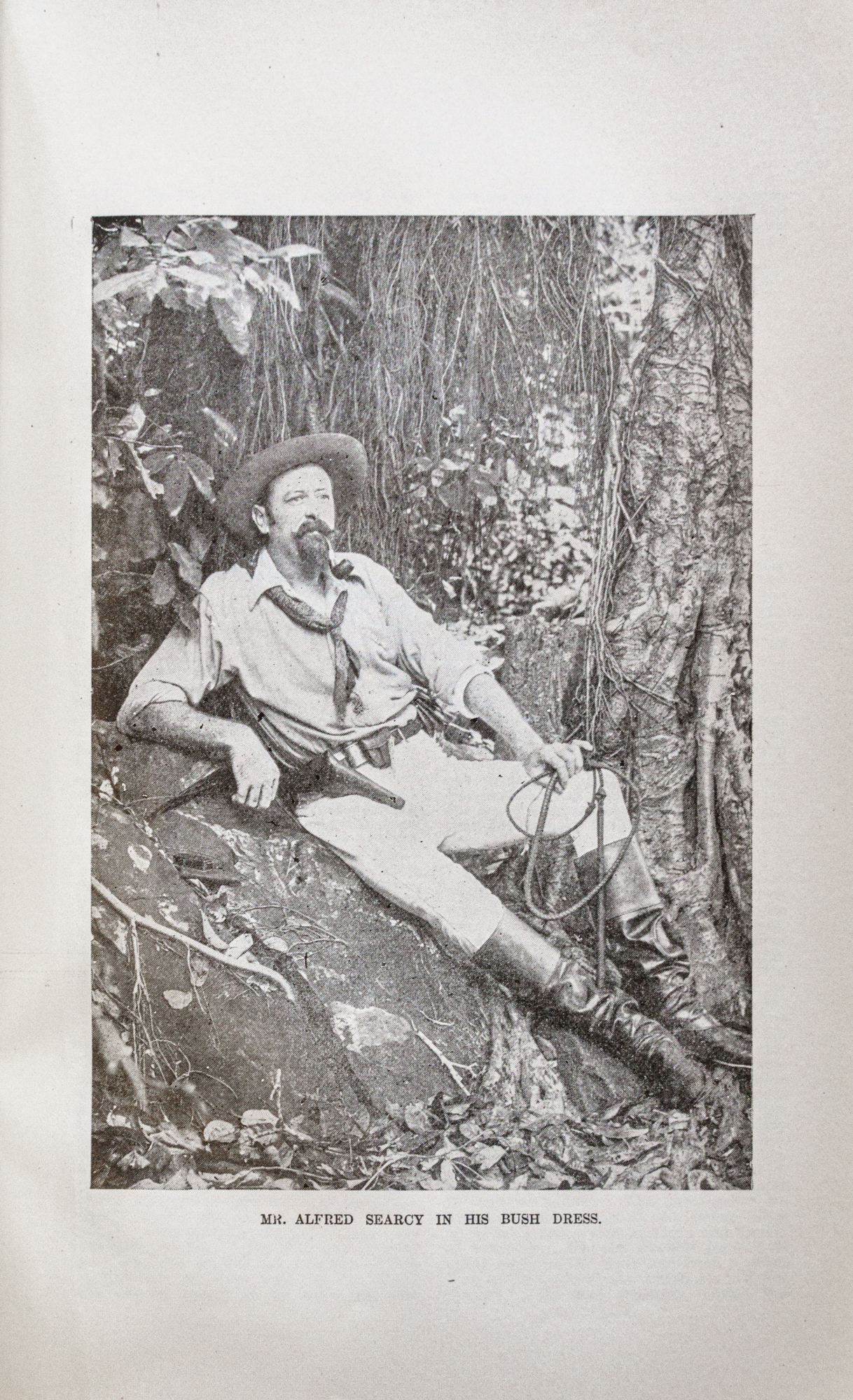
Searcy's report details Malay fishing vessels called proas which for centuries had been anchored around Australia’s northern coastline where divers freely collected trepang (sea cucumbers) to trade primarily with Chinese interests. Early pearling, deep sea fishing and tortoise shell harvesting are also described. The report details the changes to the centuries old trepang fishing industry, post European settlement, where reliable trade routes were redirected to allow for the application of fishing licences and taxes to be collected from a very lucrative industry.
Alfred Searcy was Sub-Collector of Customs in the Northern Territory (NT) from 1882 to 1896 and travelled extensively around the seas and islands off the coast of Northern Australia. He was a passionate advocate for the development of the NT believing Port Darwin could become the 'Singapore of Australia'. Its proximity to Asia, he believed, would develop Port Darwin into Australia’s principal port from where horses, cattle, troops (should Australia be at war) and produce could much more cheaply and speedily be shipped to Asian ports. He promoted the need for development of plantations of a diverse range of tropical fruits and flowers, cattle stations in the NT and always championed development of a transcontinental railway line from Port Augusta in South Australia to Port Darwin, as a critical support of this development.